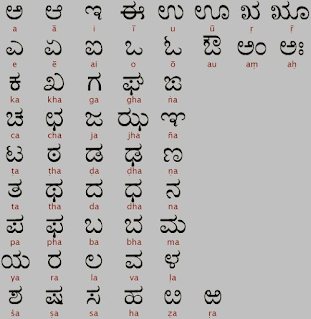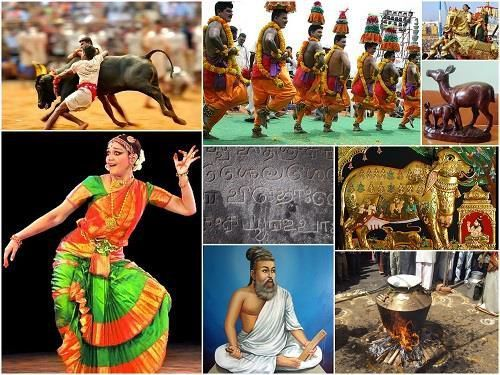Tamil and Kannada: Sibling Languages or Parent-Child?
Even though the dialects are different in Karnataka and Tamil Nadu, it is obvious that they are similar. At times the words are alike, the scripts share some parts, and even the atmosphere in these movies feels related.
That is where people disagree — is Kannada and Tamil related, or is Kannada made from Tamil? The topic has started many debates on the Internet, in schools, and while sipping chai at friend’s houses. Now, let’s take a close look at how these two languages are related and what experts and history have found out.
A Little Background: Where It All Began
Tamil and Kannada are Dravidian languages, which are spoken in South India. Close relatives in this family are Telugu, Malayalam, Tulu, and some tribal tongues.
Several books and poems written in Tamil show a literary history that is about 2,000 years old. There is an ancient and impressive past to Kannada, as the oldest know written text in the language, the Halmidi inscription, dates from the 5th century CE.
Here is where things start to become complicated. People who claim that dispute this by arguing that since Tamil is older, Kannada must have been formed from Tamil. According to some, both languages are like siblings since they have a common parent language, and they developed on their own.
What Do Linguists Say?
We should keep this easy to understand. Studies by linguists usually reveal that Tamil and Kannada developed together from Proto-Dravidian, instead of growing out of each other.
Picture Proto-Dravidian as a wise family member who gave rise to the next generations. Tamil and Kannada are two languages that the Dravidian family produced. Although they made different decisions, there are certain traitsthat they have in common because of where they started.
This is the reason why words and grammar in both languages are similar, but the sound, vocabulary, and form of sentences are quite different.
They are both similar, but each is still very unique.
Let’s check out a few exciting examples where things are alike and yet different.
| English | Tamil | Kannada |
|---|---|---|
| Water | Thanni | Neeru |
| Mother | Amma | Amma |
| House | Veedu | Mane |
Even though the word “amma” is used in both languages, it is obvious that “water” and “house” are pronounced differently.
Therefore, if Kannada got its roots from Tamil, you’d expect the two languages to have many similarities, right? Still, the traits these characters share are only partial, helping to suggest that they have a sibling connection instead of being parent and child.
The Influence Factor
Over the years, languages take in features from one another — this often happens when people live nearby. The same way we say “auto” or “cycle” in Tamil or Kannada, people in these languages have also adopted words from each other, mainly near the borders.
For example, I would see my neighbours in Bengaluru talking in both Tamil and Kannada since they had friends across the states and watched films in the languages. Because of cultural exchange, the way we speak is very different from the past.
Adopting expressions from another language does not indicate that it came from there. It basically proves that people impact one another, just as we influence one another daily.
Does Script Have Any Importance?
The two languages are written with different alphabets at the moment. While Tamil script is round and simpler, Kannada script is shaped like curves and has a lot of detail. Kannada script started as Kadamba script and Tamil script as Tamil-Brahmi.
The scripts may look the same to someone who doesn’t know them well, but experts agree that they have different backgrounds, even though both come from a southern group of Indian scripts influenced by Brahmi.
Another conclusion from this is that species changed together, rather than one coming from the other over time.
Cultural Pride and Politics
We need to remember that language and identity usually raise strong emotions. Language is a deeper part of life for people, particularly those in South India, than just being a form of conversation. It stands for a country’s traditions, background, and national spirit.
Hearing “Kannada came from Tamil” may hurt the feelings of any proud Kannadiga. For a number of Tamilians, stressing Tamil’s importance is a way to honor their old traditions.
However, instead of focusing on the first one, let’s admire how both of these languages continue to thrive. Really, very few languages have used a single form for centuries without being altered.
Final Thoughts: Siblings, Not Offspring
All in all, where does this stand?
From history, the study of language, and the development of scripts, it’s obvious Tamil and Kannada are siblings rather than a parent and child. Both started from the same place, but they evolved into different and lovely languages.
No matter if you call it “neeru” or “thanni,” what is important is that we keep expressing, connecting, and cherishing the cultural traditions we have received.
Loved this article?
If this seemed fascinating, you could introduce your friends to it, especially those who love history, languages, or having good debates.
Remember to sign up for our blog if you want to know more about South Indian culture, language, and heritage. There will be new articles posted every week.
From your perspective, what are these institutions all about? Is Tamil and Kannada related as siblings, or something else? You can leave your answer in the comments below us.









Comments
Post a Comment